I like an oil with a past and always considered Frankincense somewhat of a soulmate. From the first school book report I did at 12 about Egyptian cosmetology, I knew I would be loyal to this oil once we met. I was so drawn to Cleopatra’s use of Frankincense, that I was deeply bothered I could buy neither resin or oil to experience it. Where I lived, there was one drug store meant to serve all the generic needs of a small town and certainly not my aspirations of recreating ancient perfumery formulas. I couldn’t wait to be grown so I could leave for the big city and find the resin that preserved beauty and the dead in the days of the pharaohs. When asked why I carry so many species in our apothecary, this childhood wanting is my why.
In ancient days, Frankincense was harvested by specially appointed families. The resins were considered so precious that gatherers were required to remain chaste, lest lusty thoughts lead to impure resin. When I burn the fragrant balsamic and watch smoke swirl and curve like a river hip mama, I imagine some folks fell from the task in those days, being human and all.
Frankincense is almost mythical, legendary as the stone vaults built to warehouse the precious cargo on the Arabian Gulf in its uses of incense and medicinal use. Yet the west has been slow to understand the value in Frankincense. I recall as late as fifteen years ago, struggling to selling Boswellia in support of gut health. Even then, I was making chocolates with ground up Carterii resin and would add it to hot chocolate during cold Canadian winters. Dropping pieces in water to drink for a happy tummy. Burning the resin and lighting a candle too, just as Teddy Pendergrass instructed.
Suggested use: Add to creams and lotions to boost healing or use neat on skin. Can be tinctured and used in alcohol based perfumery or macerated in Jojoba oil to create a perfume oil. Not recommend for for diffusers due to the heavy and resinous nature of the oil.

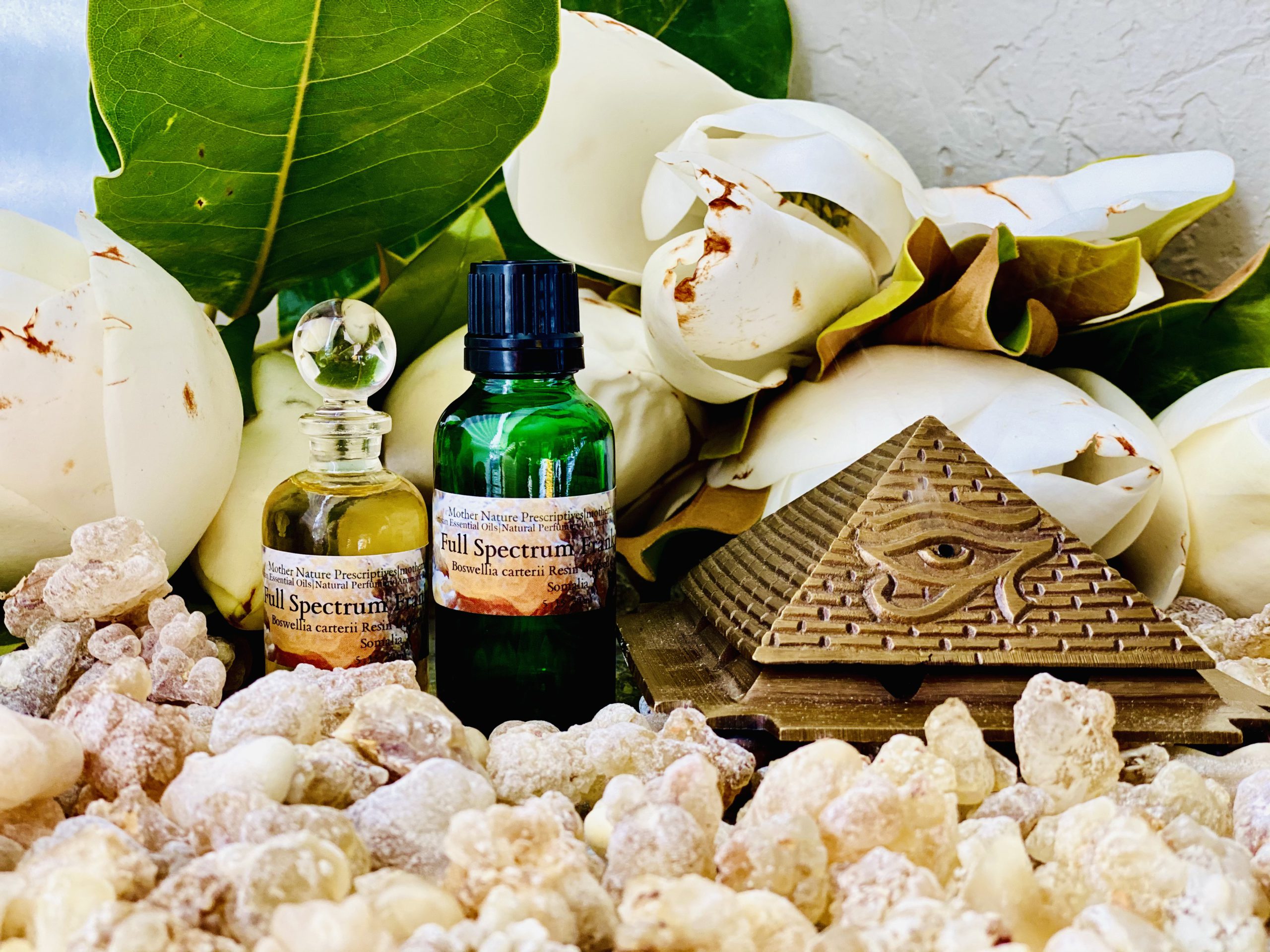
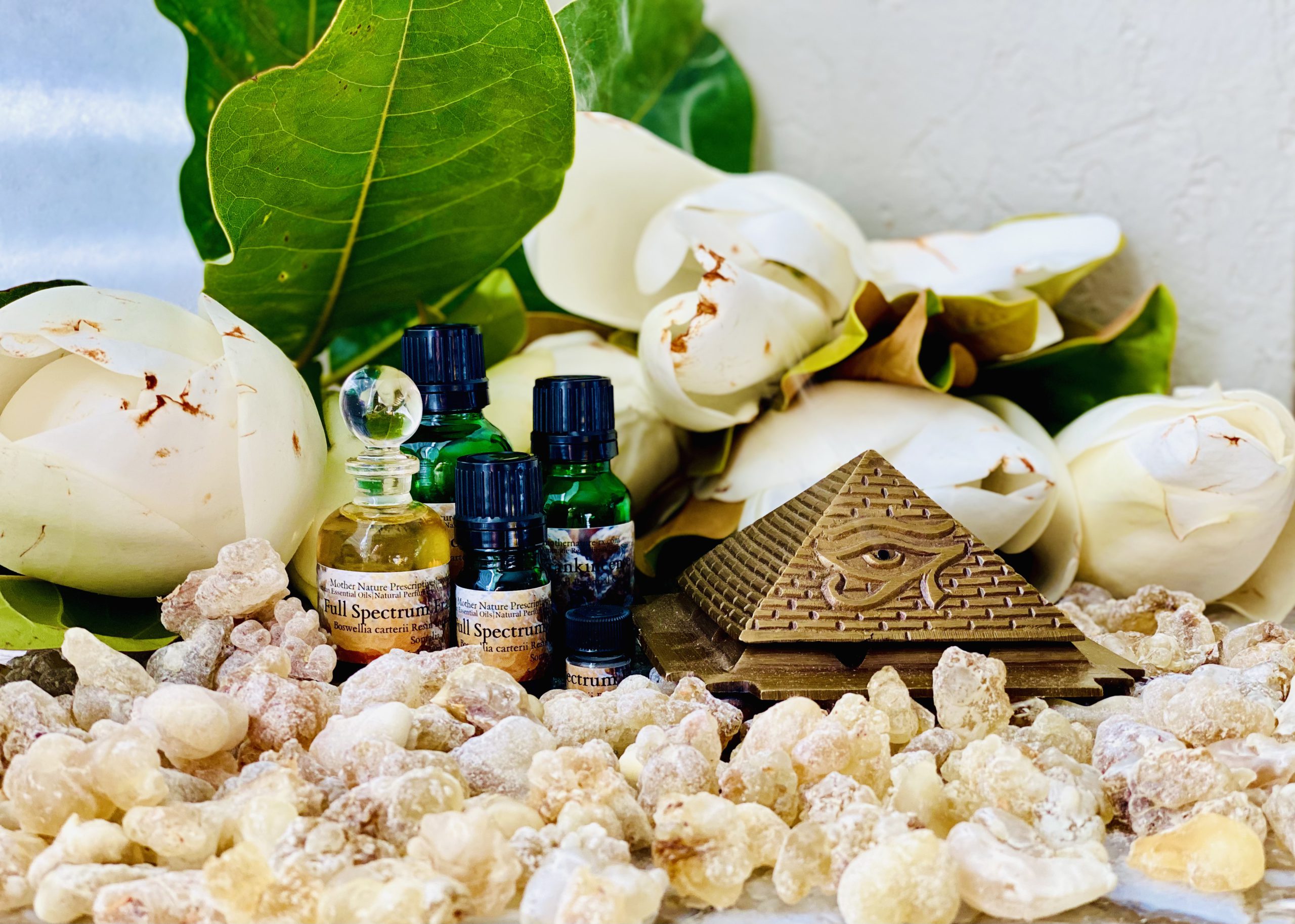
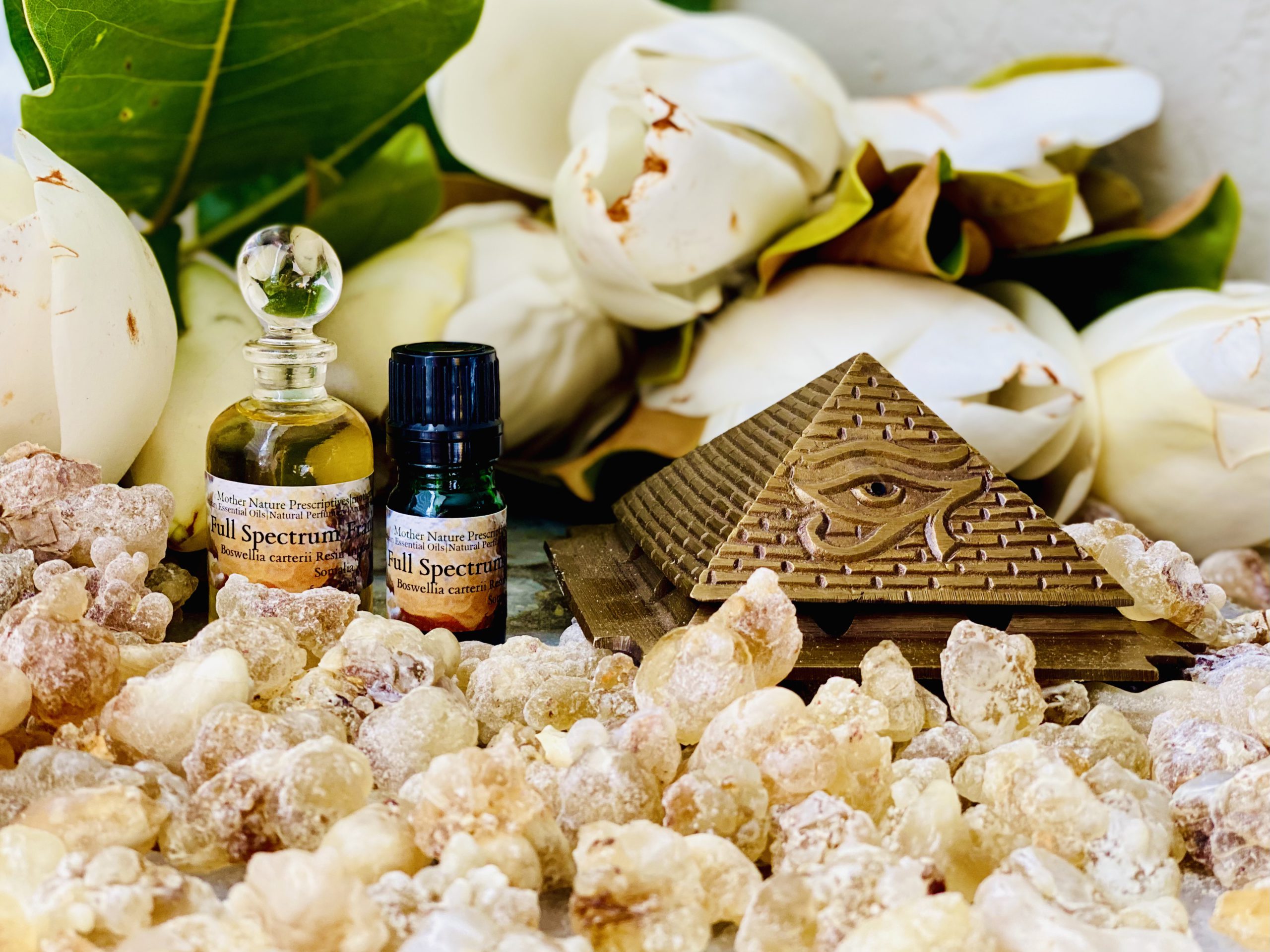
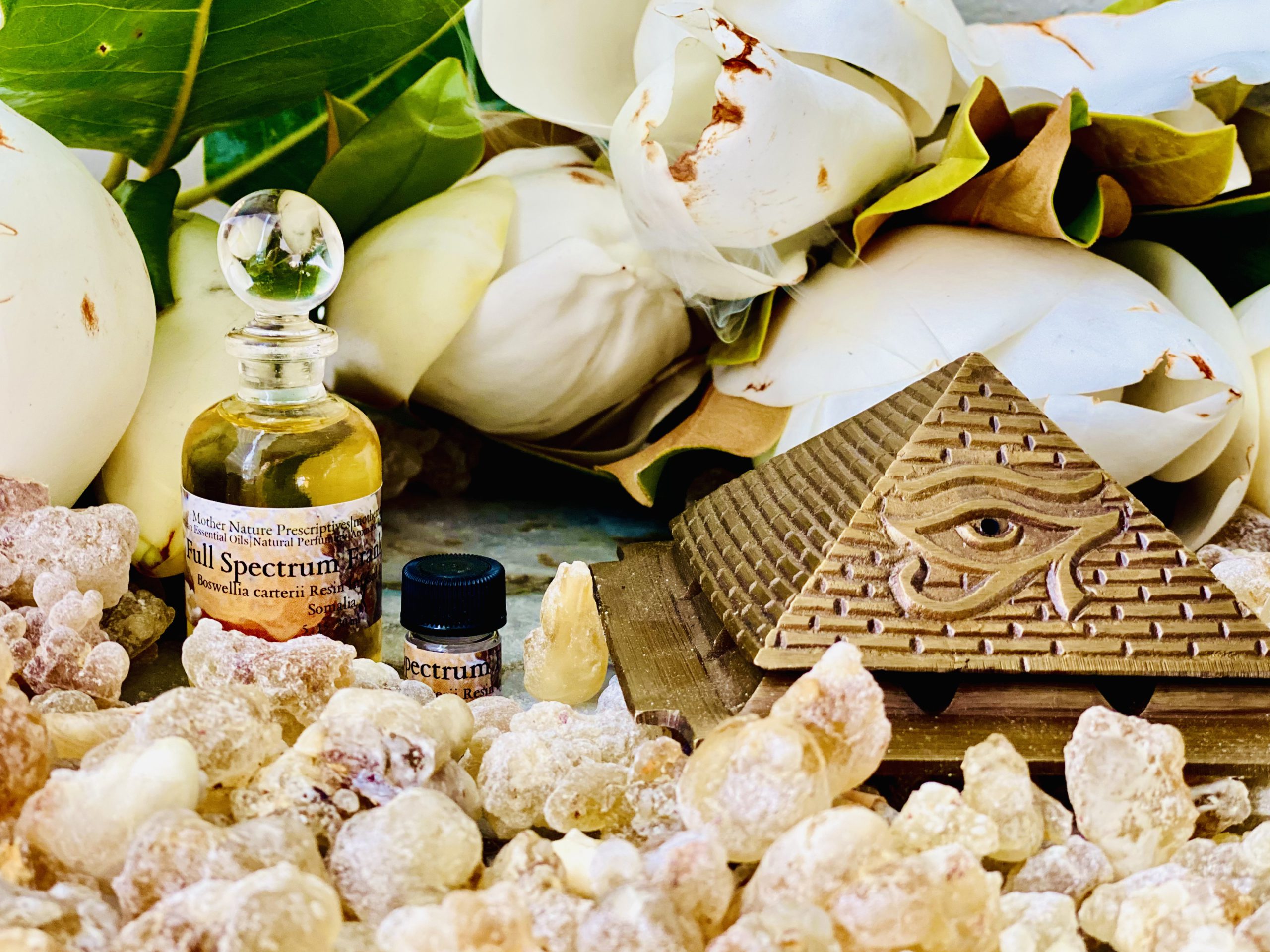
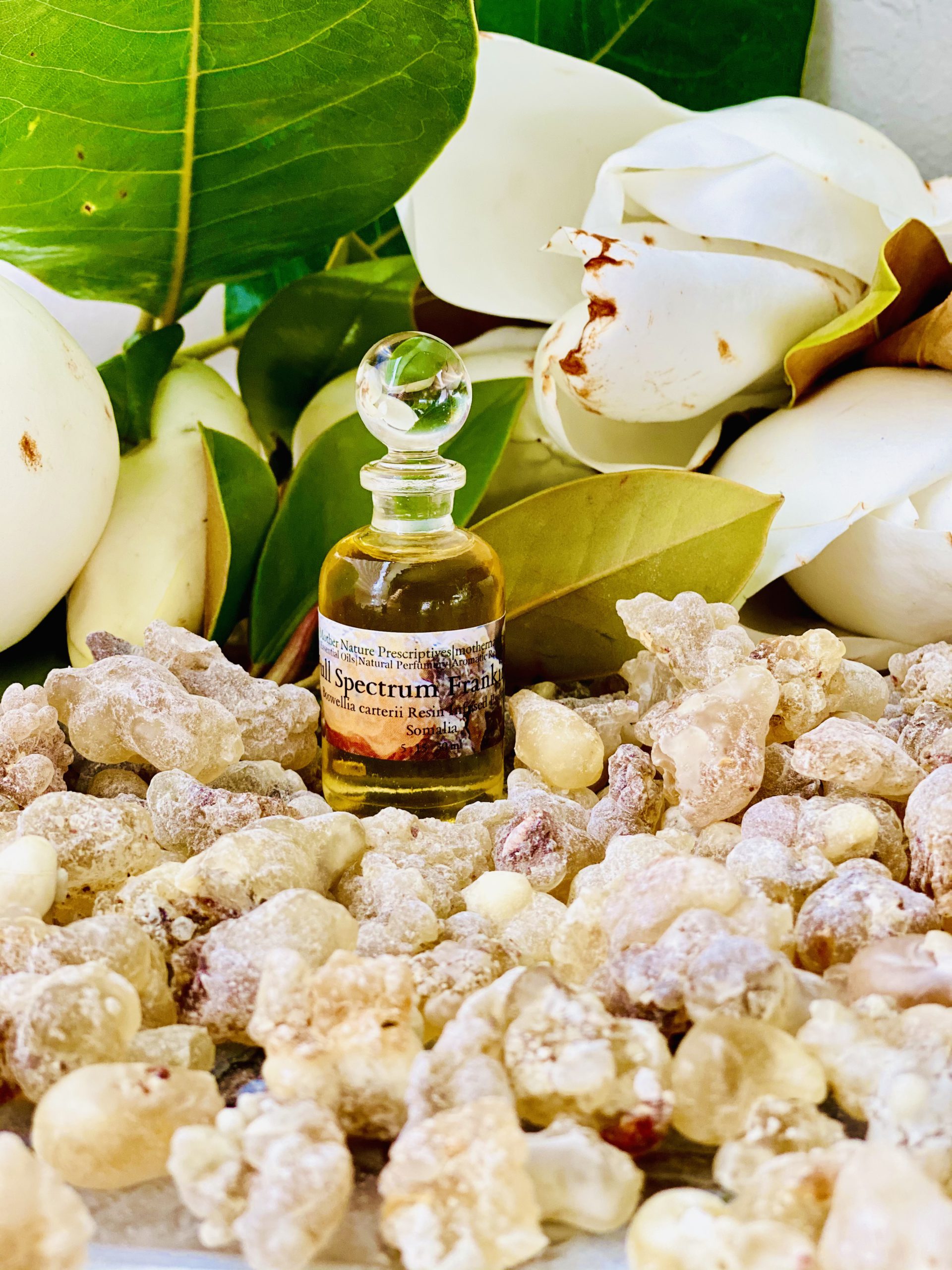
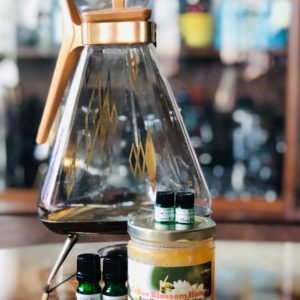
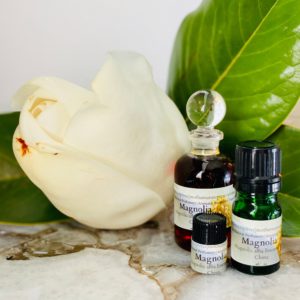
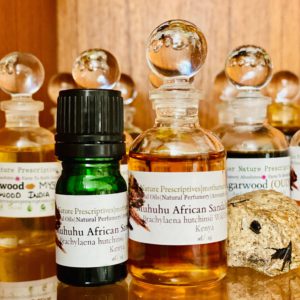
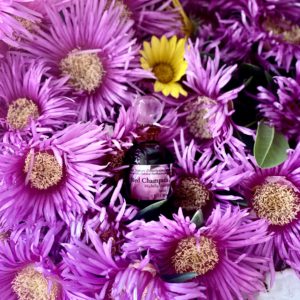
Reviews
There are no reviews yet.